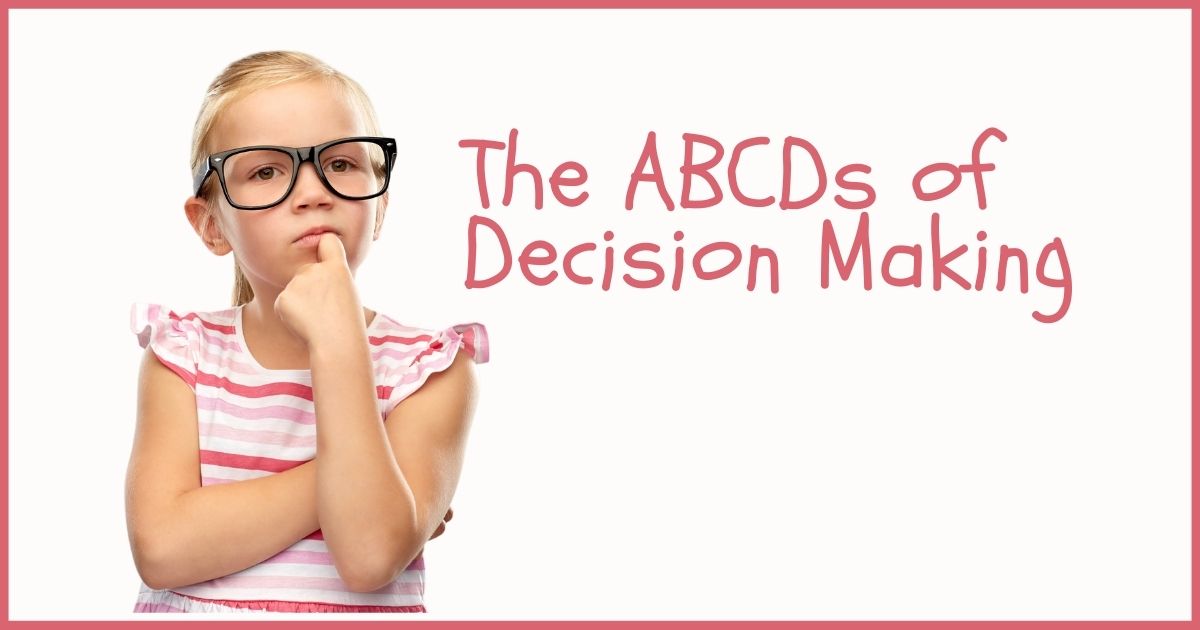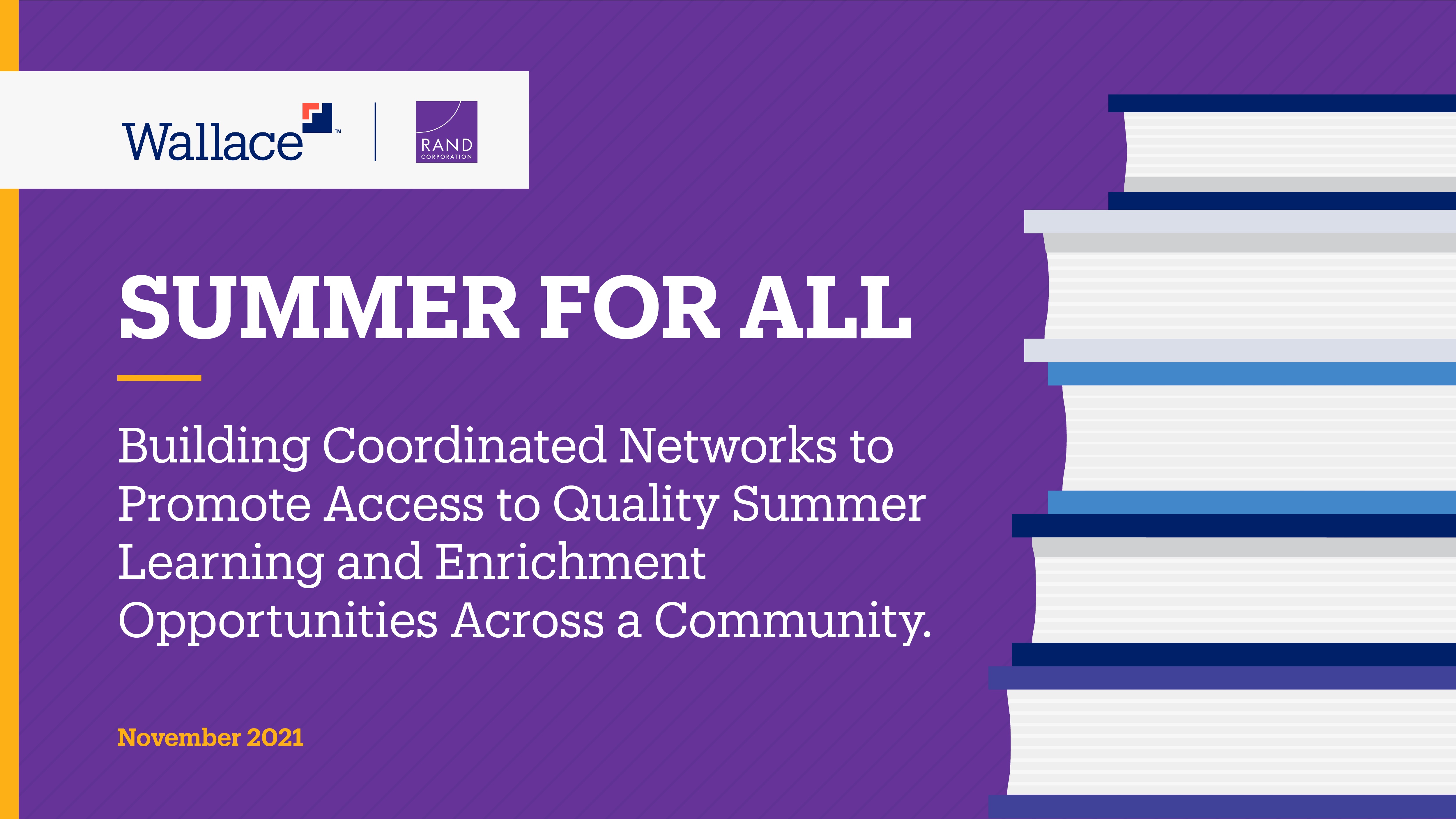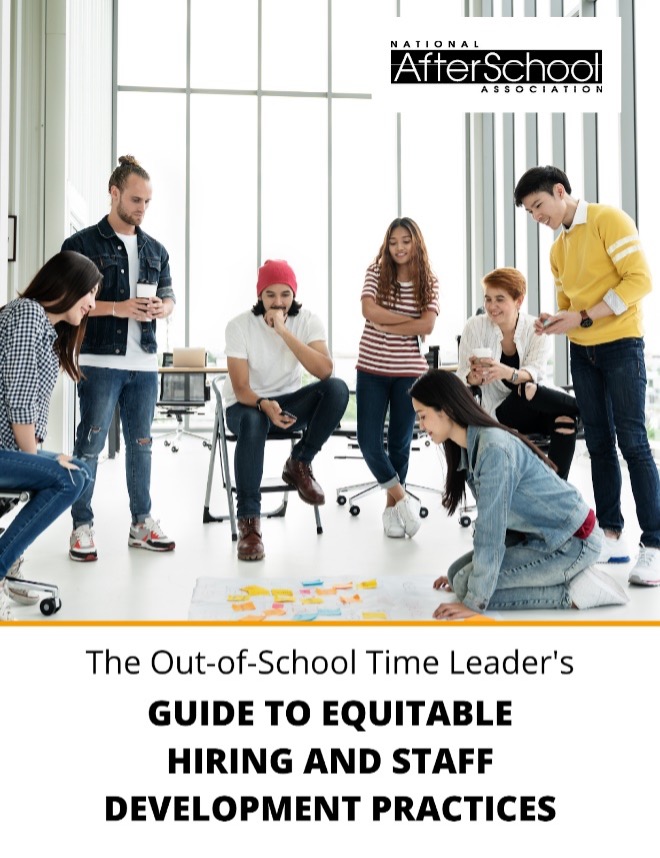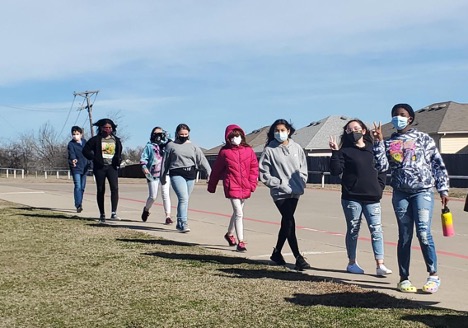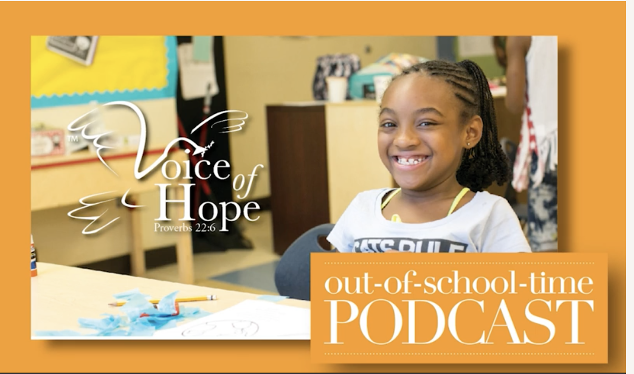Professional Development
NAA publishes fresh, new content every week covering a wide variety of topics related to the field of aftershool. In addition, NAA offers a variety of opportunities for virtual professional development (PD) through meaningful content, conversations and connections. Click here to see full descriptions of virtual PD offerings.
The ABCDs of decision making
Tuesday, 16 November 2021 00:00You’ve used the basic guidelines for integrating youth choice and well-informed decision-making in OST. Now what? Let’s look at a model for teaching young people about the decision-making process and how to make thoughtful choices. ABCD Decision-Making focuses on the steps involved in the decision-making process. When used repeatedly, kids will begin to go through the steps as part of their normal thought process.
Honoring Native American Heritage
Friday, 12 November 2021 00:00Recognizing the significance of Native American culture is something we as educators should strive to incorporate year round, but November shines the spotlight on it with Native American Heritage Month. It’s a time to put renewed focus on understanding and appreciating the history, achievements and contributions of Native Americans. OST professionals have an opportunity to be even more thoughtful and inclusive about incorporating these silenced voices and meaningful accounts that have been left out of the historical record.
Summer for All: Community Collaborations to Promote Access to Quality Summer Opportunities
Friday, 12 November 2021 00:00Summer is a period of opportunity and concern when it comes to children and youth. However, a new report from the RAND Corporation commissioned by The Wallace Foundation shows that collaboration among community stakeholders can help identify and prioritize high-quality summer programming. The report, which focuses on the experiences of four cities, demonstrates that building successful summer networks requires a shared vision, strong leadership, coordinated action, funding for sustainability, and diagnostic data. The progress made and lessons learned in Boston, Dallas, Pittsburgh, and Washington, D.C. can serve as a roadmap for communities across the country.
GUIDE TO EQUITABLE HIRING AND STAFF DEVELOPMENT PRACTICES
Monday, 08 November 2021 00:00Currently over 10 million children and youth--many from historically-excluded groups--participate in afterschool and summer programs nationwide. In fact, for every one young person enrolled in an afterschool program there are three more waiting to get in, totaling 25 million kids who aren’t able to access programs. At the National AfterSchool Association (NAA), we believe every young person deserves quality, enriching experiences outside of school that positively impact their development and help them thrive, however, currently there are multiple systemic barriers that impact access.
Address Learning Loss in Afterschool with this Simple, ESSER-Aligned Program
Monday, 01 November 2021 00:00To help students catch up on lost instructional time during the pandemic, schools and afterschool programs are taking advantage of Elementary and Secondary School Emergency Relief (ESSER) funding to implement new learning programs. Key to those efforts is finding programming that aligns with ESSER funding requirements but that is also easy to use, effective, and fun for students.
Evaluating Attitudes About Youth Choice In OST
Friday, 29 October 2021 00:00As an OST professional, you likely understand why it's crucial to integrate choices and decision-making into programming. If that's the case, what prevents you from doing it?
10 Guidelines for Integrating Youth Choice In OST
Thursday, 28 October 2021 00:00Beyond having a positive attitude and an openness to learning, there are three primary keys to OST professionals integrating youth choice into afterschool programs.
October Is Emotional Intelligence Month
Monday, 25 October 2021 00:0010 Strategies for Cultivating Emotional Intelligence
Out-of-School Time (OST) professionals must understand and develop their emotional intelligence (EQ) to effectively teach social-emotional skills to young people.
Voices Of Hope
Friday, 22 October 2021 00:00Tune into this dynamic conversation between NAA President and CEO, Gina Warner, and Edward Franklin, from Voices of Hope Ministries. In this episode of the Out-of-School Time (OST) Podcast, you’ll learn more about what's in store for the 2022 NAA Convention, the resources NAA provides for members, and how OST program research impacts the professionals in our community.
12 TIPS FOR RECRUITING AFTER SCHOOL STAFF
Friday, 08 October 2021 00:00Are you experiencing challenges recruiting afterschool program staff? Try these 12 tips to support your hiring efforts!
National AfterSchool Association • 2961A Hunter Mill Road, #626 • Oakton, VA 22124 • info@naaweb.org

